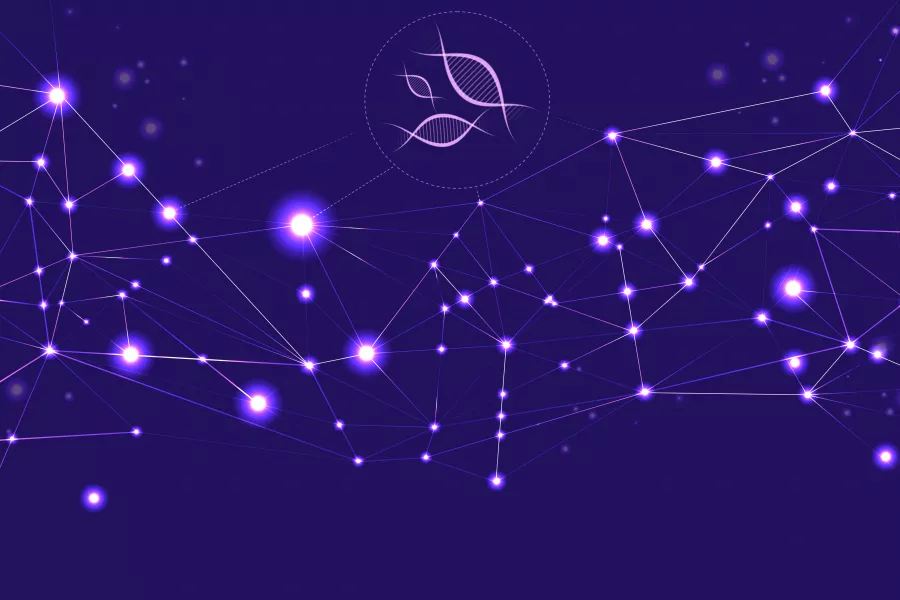Welcome to Computational Biology and Bioinformatics
This research group develops computational and statistical methods for the analysis of such data, with particular emphasis on methods for biological networks and biological sequences. The analysis of biological data such as DNA sequences, gene expression arrays and single cell data can reveal new insights into intracellular mechanisms as well as evolutionary processes.
Bioinformatics and Computational Biology do not have formal definitions that anybody has to adhere to, but would typically be understood as follows:
Bioinformatics is today extremely diverse and can include data sources from multiple levels: Sequence Data remains a very dominating form of data, but are crucially supplemented by structural information (small molecules, macromolecules such as protein, RNA and more), expression levels of genes, concentrations of molecules in cells and tissues, and phenotypes. Such data can be analysed by simple stochastic models or lately by machine learning techniques that can use (and needs) huge amounts of very heterogenous data.
Computational Biology has a much wider domain and include large topics such as Computational Neuroscience, Computational Embryology, Whole Cell Modelling, Biosphere Modelling and more. Computational Biology also include a larger suite of techniques such a Dynamical Systems, Partial Differential Equations, Physical Chemistry, Dynamics on Networks and more.
The recent twin crises of the COVID-19 pandemic and climate change has highlighted the importance of Bioinformatics and Computational Biology. Understanding the pandemic spread has relied heavily on epidemiological models and sequence data, while structural information has been crucial in finding weak points of the SARS CoV-2 virion and its replication. Understanding the detailed consequences of climate change cannot be done without modelling of the biological components (e.g. the physiology of individuals, populations, species, and ecosystems) of the biosphere under slightly changed circumstances.
These computational approaches to the biosciences will continue for decades and could eventually achieve very detailed simulations of biological systems. The Department is very enthusiastic about this development and determined to be a key player contributing to these ambitious endeavours.


